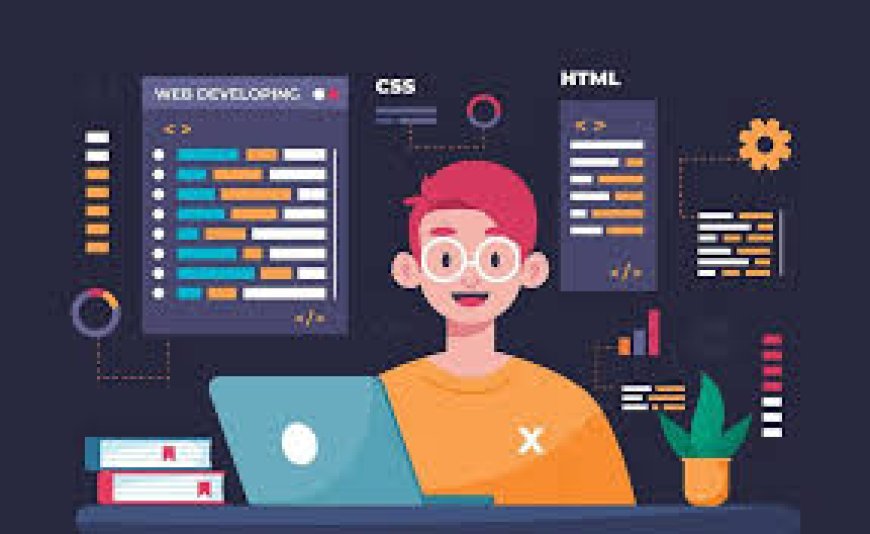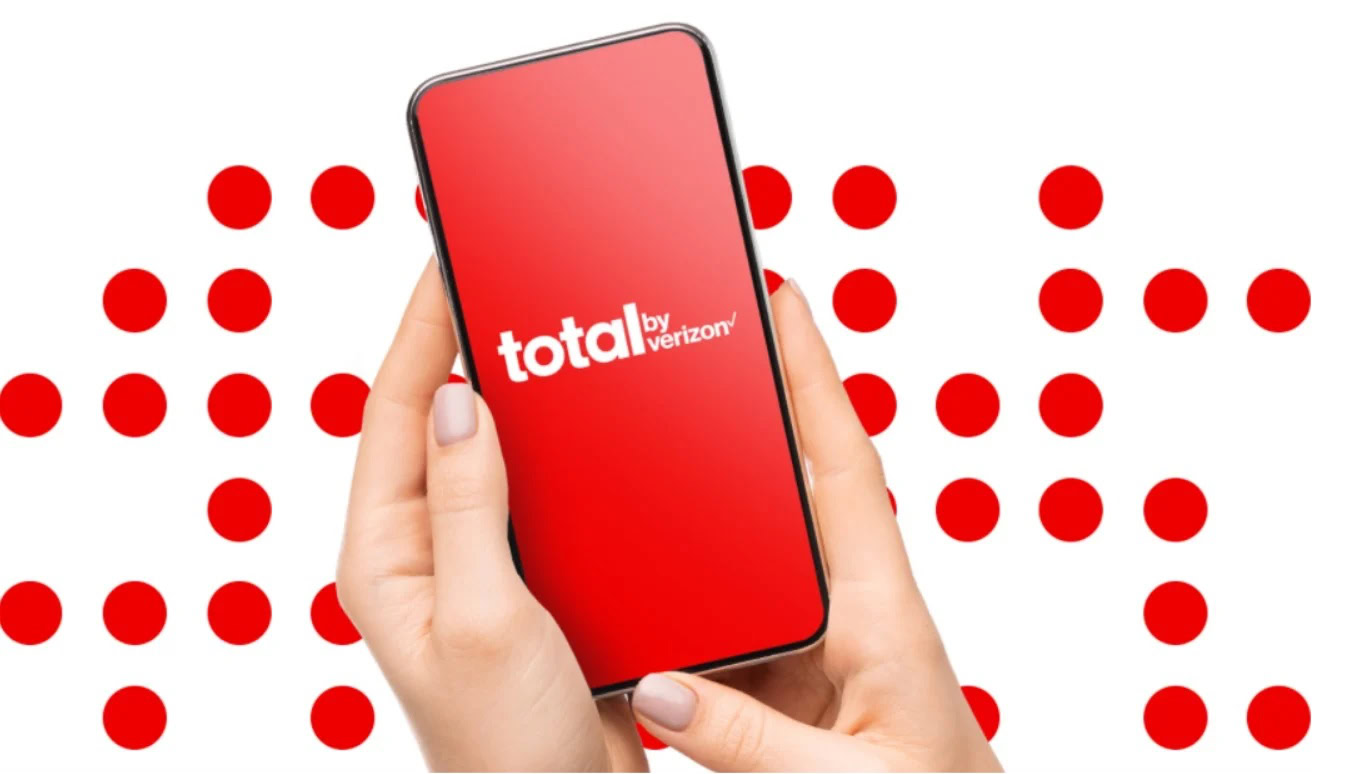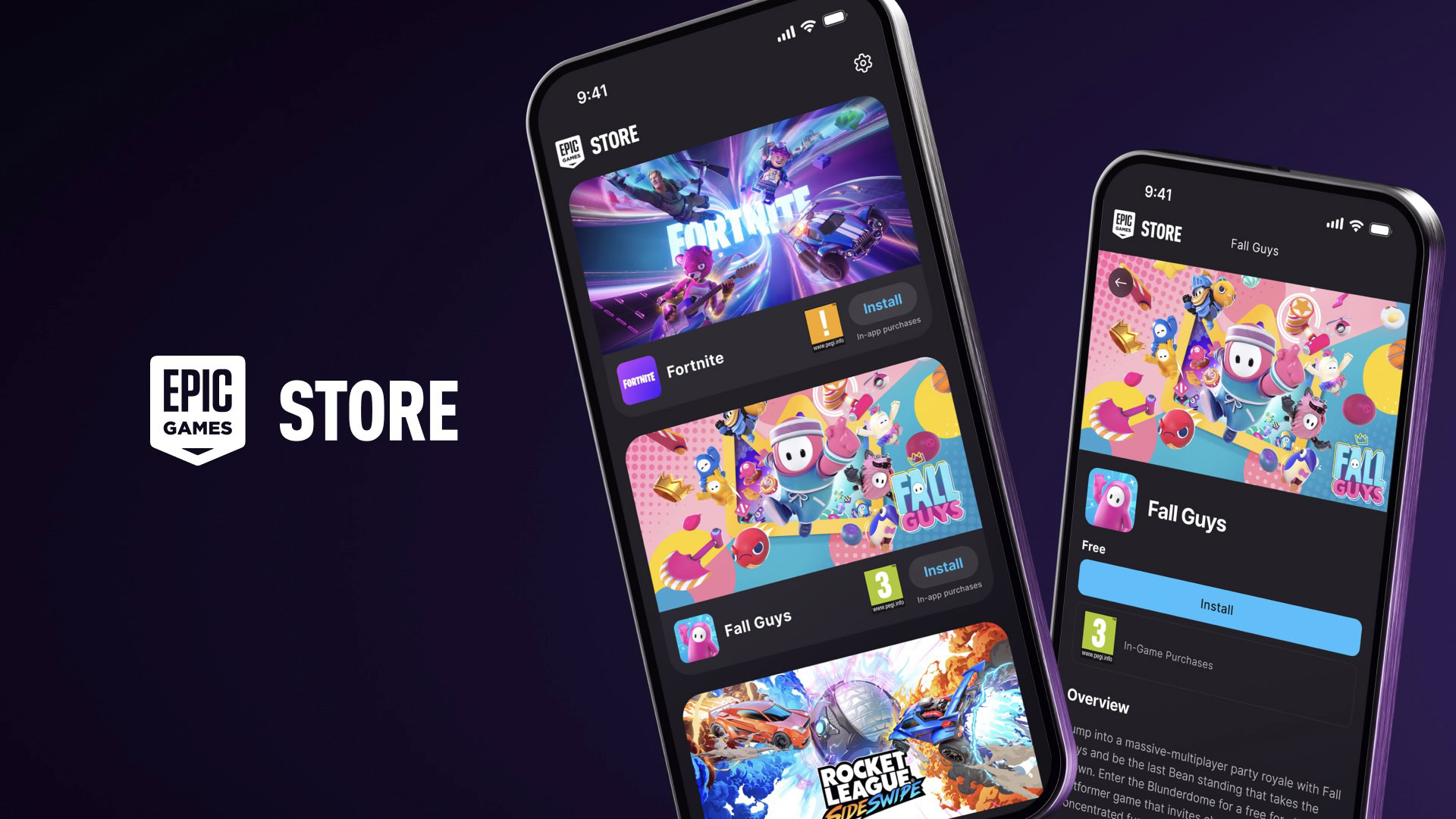The Ultimate Guide to Full Stack Development: Mastering Frontend and Backend
Full stack development is a crucial aspect of modern software engineering, combining expertise in both frontend and backend technologies.

Full stack development is a crucial aspect of modern software engineering, combining expertise in both frontend and backend technologies. As digital advancements continue, the need for full stack developers is on the rise. This guide delves into the fundamental concepts, technologies, and best practices of full stack development, providing a comprehensive roadmap for both new and experienced developers.
Understanding Full Stack Development
Full stack development involves working on both the client-side (frontend) and server-side (backend) of a web application. A full stack developer is skilled in various programming languages, frameworks, and tools, allowing them to manage everything from user interface design to database management and server configuration.
Key Components of Full Stack Development
-
Frontend Development
-
HTML, CSS, and JavaScript: These core technologies form the basis of web development, used to create and style web pages.
-
Frontend Frameworks and Libraries: React, Angular, and Vue.js are popular choices that enhance development by offering reusable components and efficient state management.
-
Responsive Design: Ensuring web applications work seamlessly across different devices and screen sizes is essential in today's mobile-first world.
-
Backend Development
-
Server, Database, and Application: The backend handles logic, database interactions, user authentication, and server configuration.
-
Backend Frameworks: Express.js (Node.js), Django (Python), and Ruby on Rails are popular frameworks that simplify backend development.
-
Databases: Knowledge of SQL databases (MySQL, PostgreSQL) and NoSQL databases (MongoDB) is crucial for effective data management.
-
Version Control and Collaboration
-
Git and GitHub: Version control systems like Git are vital for tracking changes and collaborating with other developers.
-
CI/CD Pipelines: Continuous Integration and Continuous Deployment practices automate testing and deployment, ensuring rapid and reliable code changes.
-
DevOps and Cloud Services
-
Containerization and Orchestration: Tools like Docker and Kubernetes are used to package applications and manage their deployment across various environments.
-
Cloud Platforms: AWS, Azure, and Google Cloud offer scalable infrastructure and services for hosting web applications.
Becoming a Full Stack Developer
-
Learning Path
-
Foundational Skills: Begin with HTML, CSS, and JavaScript to build a strong foundation in frontend development.
-
Backend Development: Learn a server-side language (Node.js, Python, Ruby) and understand database management.
-
Frontend Frameworks: Explore React, Angular, or Vue.js to enhance your frontend skills.
-
Project-Based Learning: Create projects that integrate both frontend and backend components for hands-on experience.
-
Essential Soft Skills
-
Problem-Solving: Ability to independently debug issues and find solutions.
-
Communication: Clear communication is crucial for collaborating with team members and stakeholders.
-
Time Management: Effectively balancing multiple tasks and meeting deadlines is essential.
-
Staying Updated
-
Continuous Learning: The tech industry evolves quickly; staying updated with the latest trends, tools, and best practices is important.
-
Community Engagement: Join developer communities, attend meetups, and contribute to open-source projects.
Best Practices in Full Stack Development
-
Code Quality and Testing
-
Writing Clean Code: Follow coding standards and best practices to ensure code readability and maintainability.
-
Automated Testing: Implement unit tests, integration tests, and end-to-end tests to catch bugs early and ensure code reliability.
-
Performance Optimization
-
Efficient Code: Optimize code for performance, reducing load times and enhancing user experience.
-
Caching and CDNs: Use caching mechanisms and Content Delivery Networks (CDNs) to deliver content more quickly to users.
-
Security Considerations
-
Data Protection: Implement strong security measures to safeguard sensitive data and user information.
-
Regular Audits: Conduct security audits and vulnerability assessments to identify and mitigate potential risks.
Future Trends in Full Stack Development
-
Serverless Architecture
-
Scalability and Cost-Effectiveness: Serverless computing allows developers to build and run applications without managing servers, offering scalability and cost benefits.
-
AI and Machine Learning Integration
-
Enhanced Functionality: Integrating AI and machine learning into applications can provide advanced functionality and improved user experiences.
-
Progressive Web Apps (PWAs)
-
Offline Capabilities: PWAs offer a seamless user experience by enabling offline access and providing native app-like performance.
Conclusion
Full stack development is a dynamic and rewarding field with vast opportunities for growth and innovation. By mastering both frontend and backend technologies, developers can create robust, scalable, and user-friendly web applications. Staying updated with the latest trends and best practices is essential for long-term success in full stack development.
Whether you're beginning your journey or looking to enhance your skills, becoming a full stack developer is both challenging and fulfilling. Embrace the learning process, engage with the community, and continually strive to improve your craft. With dedication and perseverance, you'll be well-prepared to tackle the complexities of full stack development and make a significant impact in the tech world. Consider enrolling in a Full Stack Development Training Course in Gurgaon, Delhi, Noida, Ghaziabad and other cities of India to accelerate your learning and gain practical experience.
What's Your Reaction?
 Like
0
Like
0
 Dislike
0
Dislike
0
 Love
0
Love
0
 Funny
0
Funny
0
 Angry
0
Angry
0
 Sad
0
Sad
0
 Wow
0
Wow
0














































